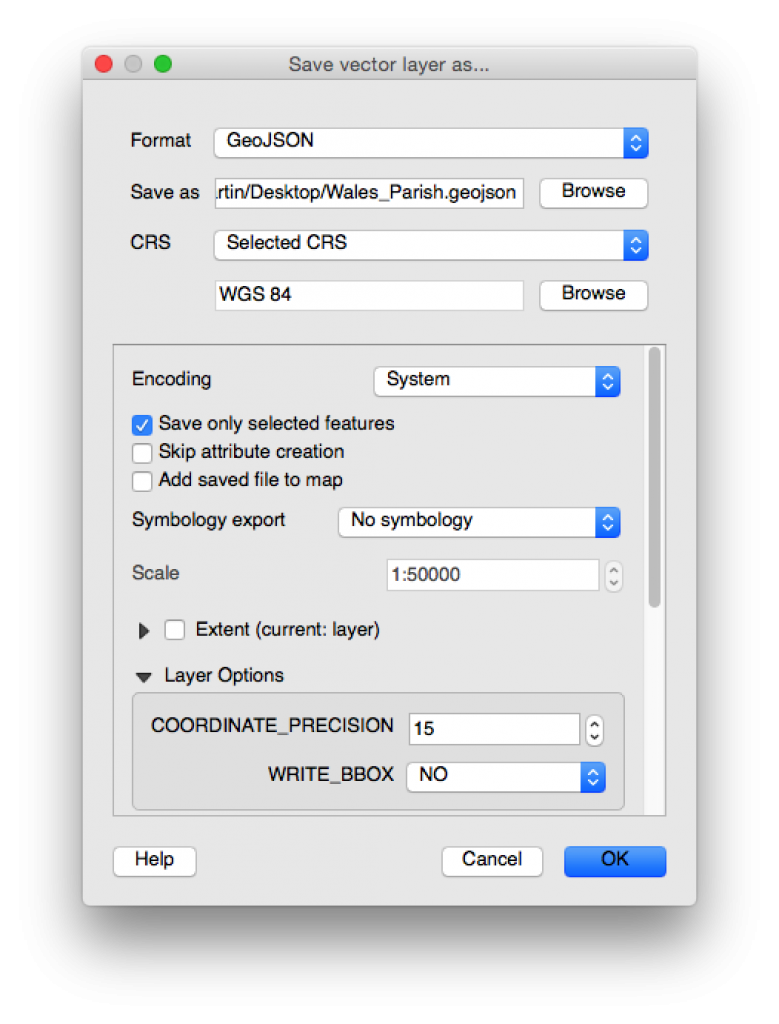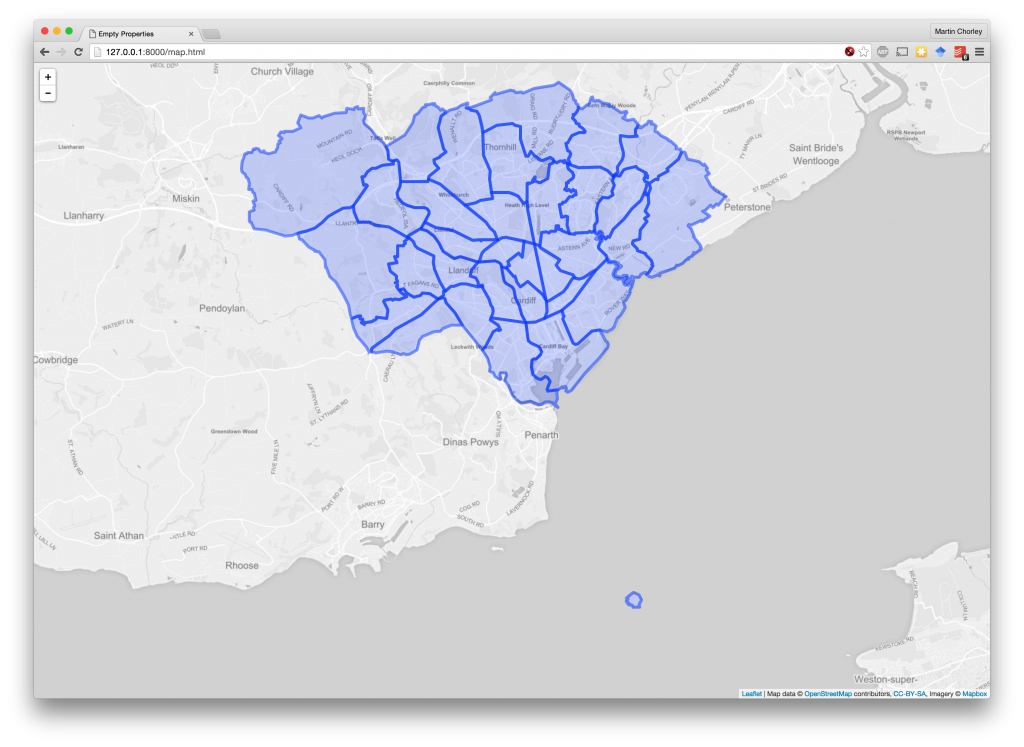This summer, our team is running a project funded by the CUROP scheme here at Cardiff University. The Creative Cardiff team have collected a large amount of data on the creative industries in Cardiff, and are now looking for new ways to explore and communicate this data. Our summer project is aiming to do just that, bringing in an undergraduate student to gain some experience of the research environment, carry out some exploratory data analysis, and then design and implement visualisations to aid public understanding of the data.
We’ve just recruited our student, Samuel Jones, a first year student in the School of Computer Science and Informatics, and we’ll be getting started on the project soon. As we go, we’ll keep the site updated with progress, and point out the final outcomes once they’re released







